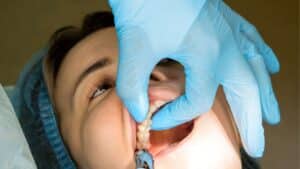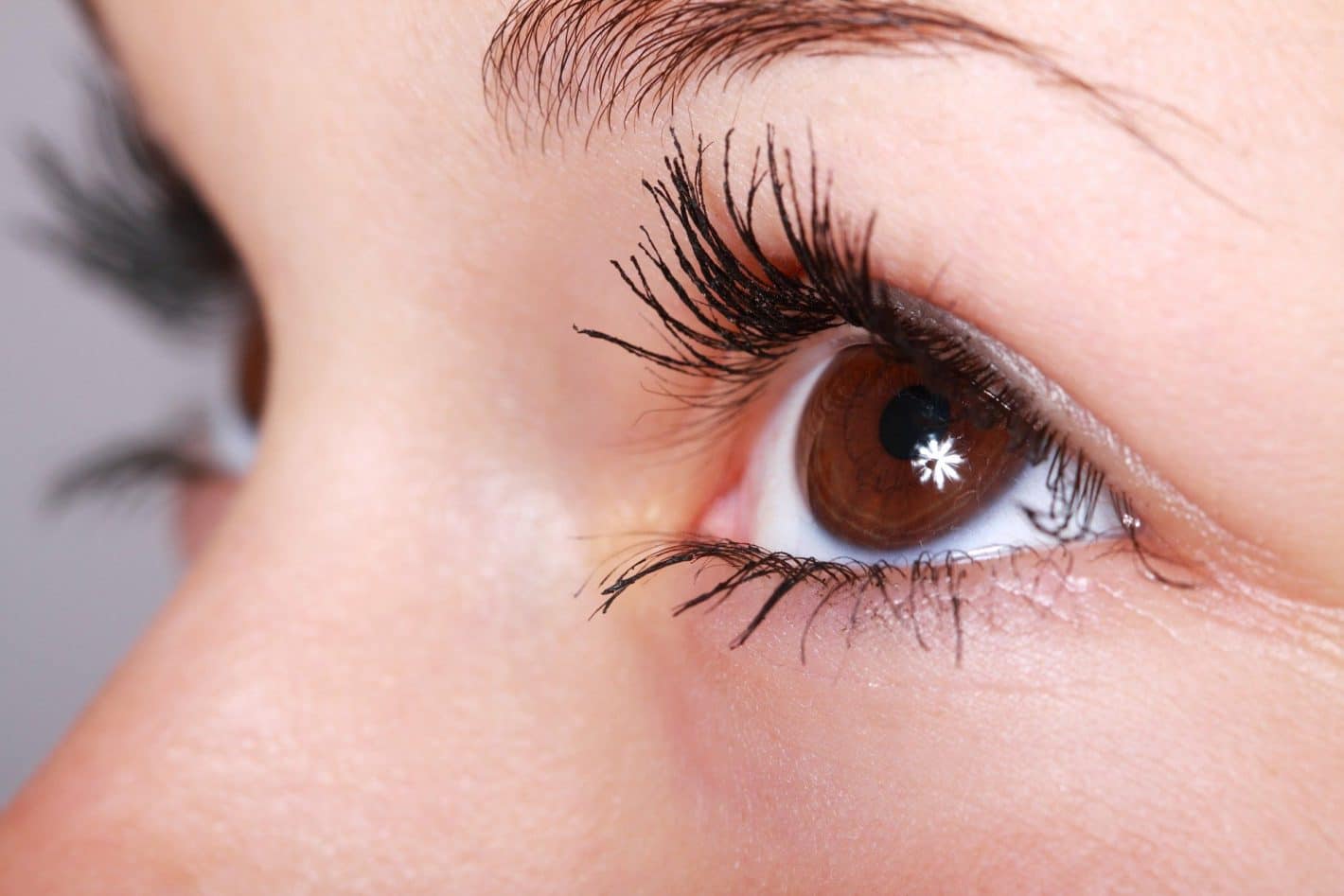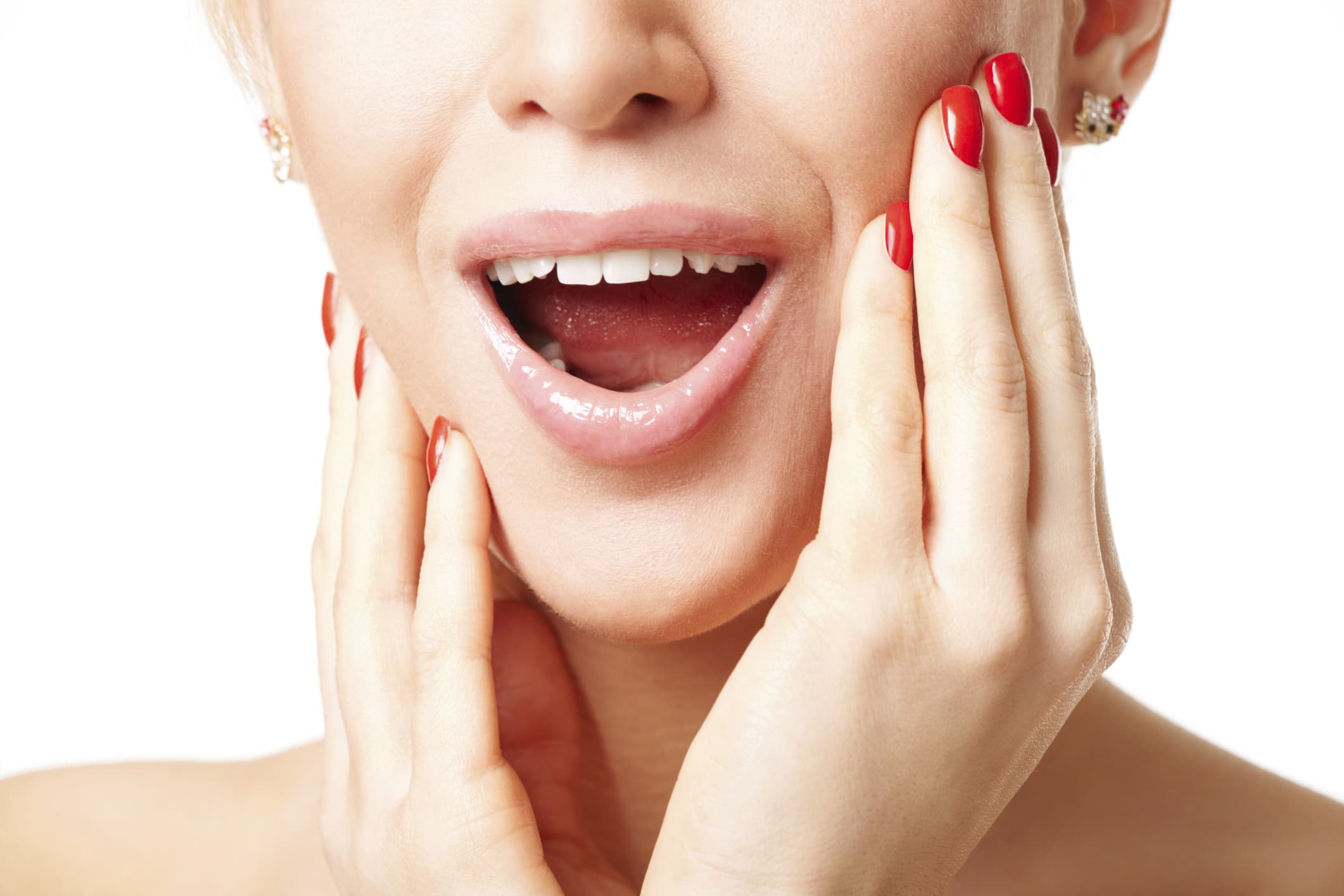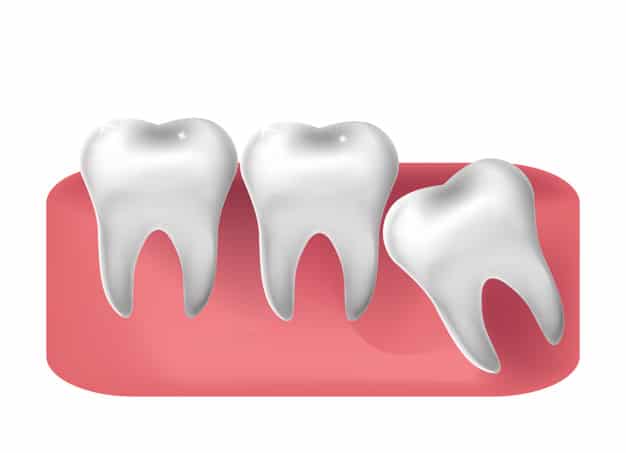In today’s world, having a neat and clean appearance is a necessity as it marks our first impression, and as we all know the first impressions are the most lasting. However, it does not matter how stylishly you are representing yourself or what clothes or accessories you are wearing if you are not taking care of basic things like yellow teeth, bad breath, foul mouth odor etc. Having a good oral hygiene routine, regular checkups etc. is a must for everyone as not only these above mentioned things are a major part of our appearance but also because our teeth, gums are easily susceptible to infections and not doing so may easily lead to serious and damaging diseases like Gum Disease or Periodontal Disease.
Stages of Periodontal Disease:
Periodontal disease can be divided into four crucial stages among which one stage can be reversed.
- Inflammation (Gingivitis): It is the result of the formation of plaque on and around the teeth. Major signs in case of gingivitis are discoloration of your teeth and bleeding gums every time you brush or floss. This is the only stage that can be reversed through the best oral hygiene practice and can be reversed.
- Early Periodontal Disease: This is the second stage of Periodontal Disease. In this stage, the infection starts spreading all over the bone and comes across severe redness, swelling, and bigger depths, usually 4-5 millimeters. The receding gums dig a hole to accumulate the bacteria while your immune system awakens to fight the cause.
- Moderate Periodontal Disease: This is the third stage of periodontal disease with similar symptoms like redness, swelling, and accumulation of bacteria but with the size of 6-7 millimeters.
- Advanced Periodontal Disease: This is the last and final stage of Periodontal Disease where the supporting tissue weakens to the extent of tooth decay. You are 60-90% prone to the disease leading to severe swelling, pain, pain while chewing, pus, sensitivity, bad odor, and foul taste. The gums and bones connective to the tissue begin to deteriorate and you are likely prone to tooth decay if left untreated.
What are Risk factors ?
The following are the risks factors for periodontal disease –
- Smoking and Tobacco Consumption: Nicotine is the major cause for the overall breakdown of the periodontal tissue when coming in interaction with various factors. Smokers are likely to come in contact with periodontal disease as compared to non-smokers due to the loss of their alveolar bone which brings them closer to tooth destruction. Through tobacco consumption, the host response gets activated to the microorganisms changing the oral microbial flora.
- Hormonal Changes Observed in Females: This happens either in cases of menstruation, ovulation, pregnancy, or menopause. The dilation of blood vessels results in high levels of progesterone which blocks the collagen fibers which usually disappears after the delivery without much harm to the periodontal tissue. But in case of estrogen deficiency taking place in case of menopause, it can be the ultimate cause for alveolar bone loss and tooth loss.
- Poor Oral Hygiene and Care: It clearly suggests that your poor oral hygiene straightaway leads to deterioration of tooth. The bacteria decompose and prevail to the cause of plaque and inflammation.
- Diabetes Mellitus: The periodontal ligament and its destruction are more prone towards Type 2 Diabetic patients. Gingival crevicular fluids and saliva have higher chances of inflammation as compared to non-diabetic ones with periodontal disease.
- Oral Medications: Some common medications induce abnormal growth and other related complications like the minimal flow of saliva and dryness caused in the mouth due to the antidepressants and drugs (phenytoin, cyclosporine, and nifedipine).
- Stress: Stress is related to the immune system and it is observed that depressed individuals have poor oral hygiene despite practicing it well. This happens due to the high level of cortisols generated while being under stress which is deemed to be the cause for poor response to periodontal treatment due to a weak immune power.
- Obesity or Lack of Nutrition: These are the personal choices of the individual based on the diet adopted. A healthy rich diet is always advisable when suffering from poor oral health. Otherwise, these two factors are likely to come into contact and lead to periodontal disease.
Gingivitis vs Periodontitis: Causes, Symptoms, and Treatments
What Is Gingivitis?
Gingivitis or gingiva basically means the inflammation of the gums and tissues surrounding the teeth. It’s a common condition and mostly a result of poor oral hygiene. Gingivitis is the first stage and a warning sign for periodontal disease. It is the mildest form of tooth decay but if left untreated, it can lead to the loss of teeth.
Symptoms:
- Red, swollen, inflamed gums
- Bleeding
- Soft, tender gums
- Bad breath and mouth odor
- Plaque on the gums
What Causes Gingivitis?
- Poor Oral Hygiene - Plaque is a sticky substance mainly composed of bacteria that forms on the teeth when starch and sugar in the food interact with common bacteria present in your mouth. In the case of gingivitis, poor oral hygiene leads to the buildup of plaque on the gums that surround and support the teeth. This allows bacteria and calculus present in the plaque to remain on the teeth for a long period.
- The Buildup of Plaque - When plaque remains on the teeth for prolonged periods of time, it hardens under the gumline and eventually turns into tartar or calculus. Tartar collects bacteria, protects them, causes irritation, making it difficult to remove.
- Tartar or Calculus - Due to excess buildup of plaque, gums become very sensitive, swollen, and start bleeding easily. Tartar irritates the gums surrounding the teeth or gingiva at the base, ultimately causing inflammation. If gingivitis is not treated at its initial stage and oral hygiene is not maintained properly during and after the treatment, gingivitis may lead to periodontal disease, serious damage, and eventually tooth loss.
Treatment for Gingivitis:
- Root Planing: It breaks the formation of tartar and the bacteria which is the sole cause for the pocket resulting in the reattachment of the gum and the tooth.
- Scaling: It performs the same amount of work, done in Root Planing but differs with the use of instruments. A laser or an ultrasonic device is usually used in this case.
- Antibiotics: It usually involves mouth rinsing or the insertion of gel within the gap generated between the gum and the tooth.
- Oral Hygiene: Gingivitis and contributing factors can be eradicated completely by establishing and following a good and thorough oral hygiene routine and professional dental cleanings after plaque and tartar are removed. In cases of risk factors like diabetes, smoking, tobacco consumption, they need to be addressed and eliminated to successfully reverse gingivitis.
What Is Periodontal Disease?
Periodontal Disease is the condition resulting in inflammation around the teeth surrounded with bacteria that destroys the soft tissue and the jawbone supporting the teeth. Although inflammation acts as a defense mechanism for fighting the germs in our mouth, wherein in case of long time neglect, it can destroy the roots of the teeth and the periodontal ligament supporting the teeth. It is an ultimate irreversible stage furthering the tooth decaying process.
Symptoms:
- Bright red, swollen gums that bleed easily while brushing or flossing
- Sensitive, tender gums
- Bad breath and mouth odor
- Pus between teeth and gums
- Receding gums
- Painful chewing
- Loose teeth and gaps between the teeth
- Loss of teeth
What Causes Periodontitis?
- Plaque: When the bacteria present in the mouth interact with sugar and starch in the food, a sticky, invisible film is formed on the teeth, known as plaque. Plaque can be removed easily with basic good oral habits like brushing the teeth twice a day; however, it is important to have a thorough oral hygiene routine as plaque reforms quickly and is the initial stage of developing serious, often non-reversible periodontitis disease, ultimately resulting in teeth loss.
- Gingivitis: When left for a longer period of time, the buildup of plaque turns into tartar or calculus which hardens the gum line and provides a shield for bacteria, making it very difficult to remove. Being filled with bacteria, tartar or calculus does serious damage to the teeth and gums. However, you cannot remove it at home and need to seek professional help at this stage.
- Gingivitis Leading to Periodontitis: Tartar or calculus irritates the gums surrounding and supporting the teeth and causes inflammation, known as gingivitis. When left untreated or professional help is not taken, gingivitis causes deep pockets between the gums and teeth that are filled with bacteria, plaque, and tartar. This further leads to the deepening of these pockets and serious infections that may lead to eventual tooth/teeth loss.
Treatment for Periodontitis:
- Flap Surgery: When gingivitis has developed into serious periodontal disease, patients require deep scaling and root planing to clean the deep pockets. So, in this surgery, they try to lift a section of gum to gain access to all the tooth surfaces, so that the scaling or Root Planing process can be performed easily and thoroughly.
- Pocket Reduction Surgery: In this surgery, gums are numbed and lifted in the back to completely expose the tooth surfaces and all the teeth to do a thorough cleaning and in some cases, reshaping of the bone. After this step is done, gums are repositioned back around the teeth properly to avoid the recurrence of deep pockets and gaps between the gums and teeth.
- Bone Grafting: It is the treatment of destroying the bone surrounding the pocket. This helps in saving tooth decay by healing through the natural process of bone regrowth in that particular space.
- Soft-Tissue Grafting: Soft-tissue grafts cover-up root surfaces exposed by receding gums. This can help eliminate sensitive teeth and protect the root surfaces that are softer and more difficult to clean.
- Guided Tissue Generation: Your bone regrows and until the time it happens, a small piece of biocompatible fabric is inserted between the gum and the tooth to prevent the accumulation of further bacteria or widening of pockets.
- Laser Therapy: This therapy is performed to increase the health of gums. In this treatment, a soft-tissue laser is used on the gum pockets to remove unhealthy tissue, bacteria residing into the deep pockets, and also to stimulate healing.
In case you are experiencing any of the symptoms mentioned above, start improving your oral hygiene and seek professional help. The condition may or may not be serious but at least you would understand the severity of the situation and avoid the worst. Don’t let gingivitis turn into periodontitis with just one mistake, ‘procrastination’!
Meet the Doctor
BDS, MDS Oral & Maxillofacial Surgeon
Dr. Vikram is a visiting consultant and consultant oral and maxillofacial surgeon at the top hospitals in Pune like Poona Hospital and Research Centre, Ratna Memorial Hospital, Pandit Clinic and KEM Hospital. Dr. Vikram has done clinical fellowship in craniofacial surgery with focus on surgery for cleft lip and palate deformities, orthognathic surgery and surgery for sleep related disordered breathing (SRDB). He has trained for advanced management for Facial Trauma, from Taiwan. He has also attended various seminars and done workshops related to Oral and Maxillofacial Surgery. Dr. Vikram is also a co- author of a chapter for a textbook. He has been invited as a speaker for number of conferences in India as well as Internationally.
Book Consultation

Consult Dr Vikram Pandit
Oral & Maxillofacial Surgeon
Book a consultation with Dr Vikram Pandit. At the consultation, Dr Vikram Pandit will:
- Dr. Vikram Pandit will first perform a thorough examination of your teeth, gums and jaw.
- Explain the problem to you.
- An X-Ray of your teeth will be taken if needed.
We recommend you openly discuss your concerns with Dr. Vikram.
During the consultation be prepared to discuss:
- Your medical conditions, drug allergies, and previous dental treatments.
- Current medications, vitamins, herbal supplements, if any.
- Likely outcomes, and any risks or potential complications.
You Might Be Interested In

Wisdom Tooth Surgery: Procedure, Recovery, Costs, Preparation, and Expert Tips
Wisdom tooth extraction is a routine dental procedure, but knowing what to expect can make all the difference in your experience. Whether you’re about to undergo your first extraction or need a refresher on the process, this comprehensive guide will cover every aspect of wisdom tooth removal.

Maximizing the Lifespan of Your Dental Implants: A Guide to Post-Implant Care
Dental implants are a remarkable solution for replacing missing teeth, offering stability, functionality, and aesthetics akin to natural teeth. However, the journey to enjoying your









